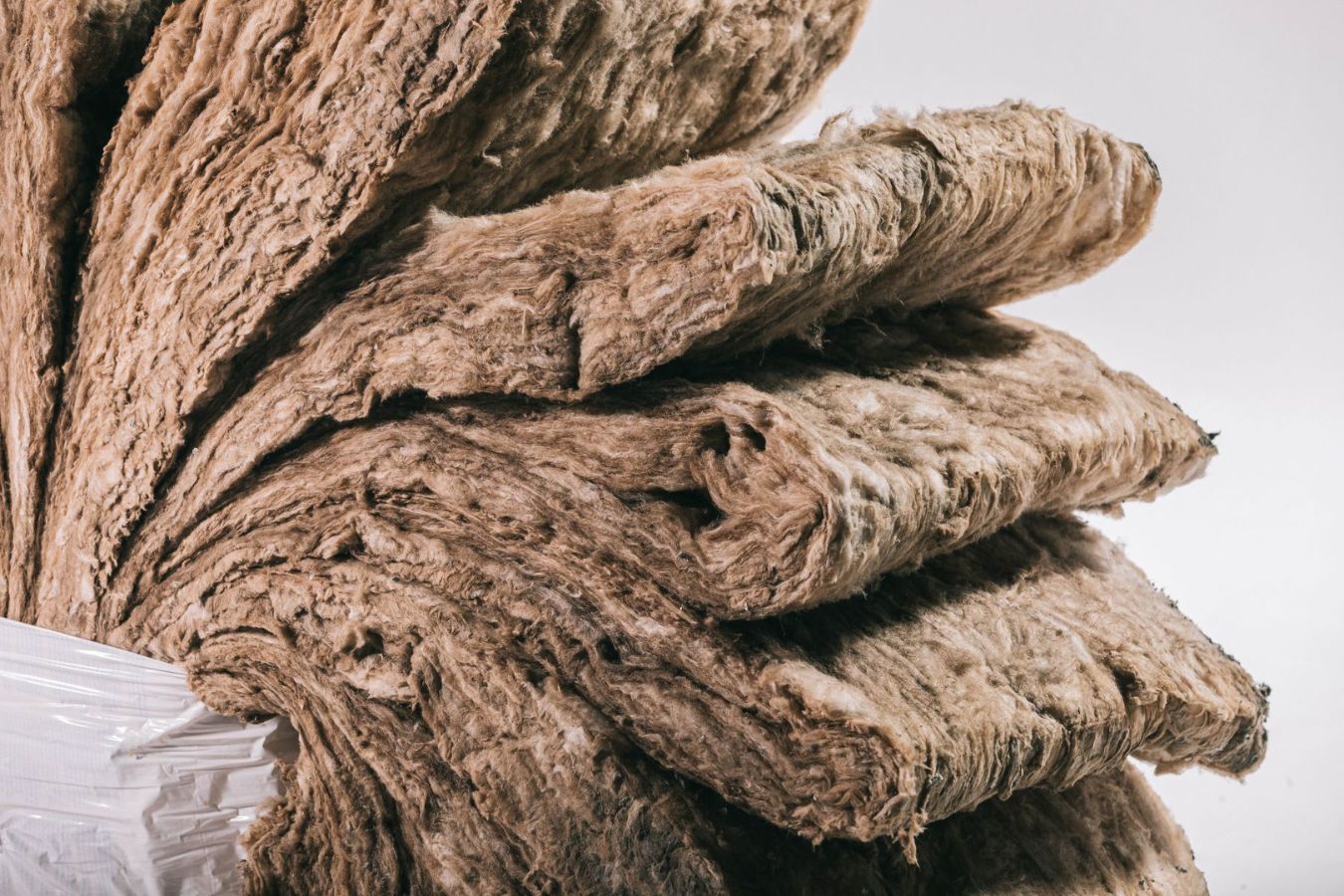

Articles
How Much Is Fiberglass Insulation
Modified: January 9, 2024
Discover the average cost of fiberglass insulation installation and find informative articles on how to choose the right type for your home.
(Many of the links in this article redirect to a specific reviewed product. Your purchase of these products through affiliate links helps to generate commission for Storables.com, at no extra cost. Learn more)
Introduction
Fiberglass insulation is a popular choice for homeowners looking to improve the energy efficiency of their homes while enhancing comfort levels. This type of insulation is known for its cost-effectiveness, durability, and effectiveness in reducing energy consumption. In this article, we will explore the concept of fiberglass insulation and discuss the factors that affect its cost. We will also delve into the various types of fiberglass insulation available in the market, highlighting their average costs. Additionally, we will examine the benefits of using fiberglass insulation and address some potential drawbacks to consider. Finally, we will provide some tips for buying and installing fiberglass insulation to ensure a seamless and successful installation process.
Key Takeaways:
- Fiberglass insulation offers cost-effective energy efficiency, sound absorption, and fire resistance. Understanding cost factors and installation tips can help homeowners make informed decisions for a comfortable and sustainable living environment.
- Factors affecting fiberglass insulation cost include area, R-value, installation method, and special considerations. Choosing the right type and form, wearing protective gear, and ensuring proper installation are crucial for maximizing energy efficiency and comfort.
Read more: Why Is Fiberglass Used In Insulation
What is fiberglass insulation?
Fiberglass insulation is a type of thermal insulation material that is made from extremely fine glass fibers. These fibers are created by vertically pulling molten glass through small openings, resulting in strands that are woven together to form a dense mat or blanket. This mat is then further processed to create rolls or batts that can be easily installed in walls, ceilings, and floors.
Fiberglass insulation is highly effective at reducing heat transfer through conduction, convection, and radiation. It works by trapping pockets of air within its fibers, creating a barrier that slows down the movement of heat. This thermal resistance helps to keep buildings warm in the winter and cool in the summer, reducing the reliance on heating and cooling systems and ultimately resulting in energy savings.
One of the key advantages of fiberglass insulation is its versatility. It can be used in various residential and commercial applications, including new construction, retrofitting, and insulation upgrades. It is suitable for both interior and exterior walls, attics, crawl spaces, and basements. Additionally, fiberglass insulation is compatible with different building materials and can be easily installed by homeowners or professionals.
Fiberglass insulation is also known for its non-combustible nature, making it a safe choice for homeowners. It does not emit toxic gases or smoke when exposed to fire, providing valuable time for occupants to evacuate. Moreover, fiberglass insulation is resistant to moisture and mold growth, which helps maintain indoor air quality and prevents damage to the building structure.
Overall, fiberglass insulation offers a cost-effective and efficient solution for improving energy efficiency and reducing heating and cooling costs. Its wide availability and ease of installation make it a popular choice for homeowners and builders alike.
Factors that affect the cost of fiberglass insulation
When considering the cost of fiberglass insulation, it is important to take into account various factors that can influence pricing. Understanding these factors will help homeowners make informed decisions and budget accordingly. The following are some key factors that can affect the cost of fiberglass insulation:
- The area to be insulated: The size of the space that needs insulation will directly impact the cost. Larger areas will require more insulation material, resulting in higher costs. It is important to accurately measure the square footage of the area to be insulated to determine the amount of fiberglass insulation needed.
- The R-value: The R-value represents the insulation’s resistance to heat flow. Higher R-values indicate better insulation performance. Insulation with higher R-values often comes at a higher price. Consider the climate and desired level of insulation when selecting the appropriate R-value for your project.
- Installation method: The method used to install fiberglass insulation can affect the cost. DIY installation is more cost-effective, as it eliminates the need for professional labor. However, hiring a professional insulation contractor ensures proper installation, which can lead to better energy efficiency and long-term savings.
- Thickness and density: Fiberglass insulation is available in different thicknesses and densities. Thicker and denser insulation generally provides better insulation performance but can come at a higher cost. Consider the specific requirements of your project and consult with professionals to determine the most suitable thickness and density for optimal results.
- Location and accessibility: The location of the insulation project and its accessibility can impact costs. Hard-to-reach areas or complex architectural features may require additional labor and materials, leading to higher costs. Consider any challenges or unique features of the project when estimating the cost of fiberglass insulation.
- Special considerations: Additional factors, such as vapor barriers or soundproofing requirements, can add to the cost of fiberglass insulation. These additional features enhance the insulation’s performance and may be necessary depending on the specific needs of the space.
It is important to obtain multiple quotes from reputable insulation suppliers or contractors to compare prices and ensure a fair and competitive cost. By considering these factors and seeking professional advice, homeowners can make informed decisions regarding the cost of fiberglass insulation and choose the best option for their budget and insulation needs.
Types of fiberglass insulation
Fiberglass insulation comes in various forms to suit different applications and installation methods. Understanding the different types of fiberglass insulation can help homeowners choose the most suitable option for their needs. The following are the main types of fiberglass insulation:
- Batts and rolls: Batts and rolls are the most common and readily available form of fiberglass insulation. They come in pre-cut lengths or rolls and are designed to fit between standard wall studs, floor joists, and attic rafters. Batts and rolls are typically faced with a vapor barrier to control moisture and improve thermal performance.
- Blown-in or loose fill: Blown-in or loose fill fiberglass insulation is comprised of small loose fibers that are installed using specialized equipment. This type of insulation is ideal for irregularly shaped spaces, attics, and hard-to-reach areas. Loose fill insulation is blown into the desired area, filling gaps and creating a seamless thermal barrier.
- Spray foam fiberglass insulation: Spray foam fiberglass insulation combines the benefits of both fiberglass insulation and spray foam insulation. This type of insulation is applied using a spray gun, which allows it to expand and fill voids, cracks, and gaps. Spray foam fiberglass insulation provides excellent air sealing properties and is ideal for insulating spaces with complex architectural features.
- Rigid fiberglass insulation: Rigid fiberglass insulation is a board-like material that offers high thermal resistance and structural support. It is commonly used in exterior insulation applications, such as sheathing, roofing, and foundation insulation. Rigid fiberglass insulation provides superior insulation performance and is lightweight and easy to install.
- Duct insulation: Fiberglass insulation is also used for insulating HVAC ductwork. Duct insulation helps reduce heat loss or gain, ensuring optimal efficiency and temperature control. Fiberglass duct insulation is available as pre-cut sections or can be custom-installed by professionals.
Each type of fiberglass insulation has its advantages and considerations. The choice depends on the specific insulation needs, the project requirements, and budget constraints. Consulting with insulation professionals or contractors can help homeowners determine the most appropriate type of fiberglass insulation for their specific situation.
Average cost of fiberglass insulation
The cost of fiberglass insulation can vary based on several factors, including the type of insulation, the area to be insulated, and the R-value desired. While prices may vary depending on location and supplier, here are some average costs to give you a general idea:
- Batts and Rolls: The average cost of fiberglass batts and rolls ranges from $0.25 to $0.80 per square foot. This cost typically includes a vapor barrier on one side for enhanced moisture control.
- Blown-in or Loose Fill: Blown-in fiberglass insulation costs an average of $1.00 to $1.50 per square foot for professional installation. This cost includes the labor and equipment required for blowing in the insulation.
- Spray Foam Fiberglass Insulation: Spray foam fiberglass insulation can range from $1.50 to $3.00 per square foot. The cost varies depending on the thickness of the foam layer and the complexity of the installation.
- Rigid Fiberglass Insulation: Rigid fiberglass insulation typically costs around $0.90 to $2.50 per square foot, depending on the thickness and density of the panels. These prices may also vary based on the supplier and location.
- Duct Insulation: Fiberglass insulation for ductwork can cost anywhere from $1.00 to $3.00 per linear foot, depending on the size and type of ducts being insulated.
It is important to note that these prices are just averages, and the actual cost may be affected by several additional factors, such as the region’s labor costs, additional features, installation requirements, and any special considerations specific to your project. Therefore, it is recommended to obtain quotes from multiple suppliers or contractors for accurate cost estimates.
Keep in mind that while fiberglass insulation may have an upfront cost, it offers long-term benefits through energy savings and improved comfort. Investing in quality insulation can lead to reduced heating and cooling costs over time, making it a worthwhile investment for homeowners.
When calculating the cost of fiberglass insulation, consider the square footage of the area to be insulated, the R-value needed, and any additional materials or labor costs. It’s also important to factor in any potential energy savings over time.
Read more: How To Handle Fiberglass Insulation
Benefits of using fiberglass insulation
Fiberglass insulation offers numerous benefits to homeowners, making it a popular choice for improving energy efficiency and comfort in residential and commercial buildings. Here are some key advantages of using fiberglass insulation:
- Energy efficiency: One of the primary benefits of fiberglass insulation is its ability to improve energy efficiency. By reducing heat transfer, fiberglass insulation helps maintain a consistent temperature indoors, reducing the need for excessive heating or cooling. This, in turn, leads to lower energy consumption and reduced utility bills.
- Cost-effective: Fiberglass insulation is known for its cost-effectiveness. The upfront cost of fiberglass insulation is relatively low compared to other insulation materials, making it an affordable option for homeowners. Additionally, its long lifespan and durability mean that it can provide energy savings for years to come, maximizing the return on investment.
- Non-combustible: Fiberglass insulation is non-combustible, meaning it does not contribute to the spread of fire. It does not release toxic fumes or smoke when exposed to high temperatures, providing essential time for occupants to safely evacuate in case of a fire.
- No settling or shrinking: Fiberglass insulation retains its shape and integrity over time. Unlike some other types of insulation, fiberglass insulation does not settle or shrink, maintaining its thermal performance and insulating effectiveness for the long term.
- Sound absorption: Fiberglass insulation has excellent sound absorption properties, helping to reduce noise transmission between rooms and floors. This can contribute to a quieter and more comfortable living environment, especially in areas with high noise levels or where privacy is important.
- Moisture resistance: Fiberglass insulation is naturally resistant to moisture, preventing the accumulation of excess water and minimizing the risk of mold and mildew growth. This not only helps maintain indoor air quality but also protects the structural integrity of the building.
- Environmental friendliness: Fiberglass insulation is made from recycled glass and is itself recyclable, making it an environmentally friendly choice. It also requires fewer resources to produce compared to other insulation materials, reducing the overall environmental impact.
Overall, fiberglass insulation offers multiple benefits to homeowners, including improved energy efficiency, cost savings, fire resistance, soundproofing, moisture resistance, and environmental friendliness. By choosing fiberglass insulation, homeowners can create a more comfortable and sustainable living environment while enjoying long-term energy savings.
Potential drawbacks of fiberglass insulation
While fiberglass insulation offers many benefits, it is important to consider some potential drawbacks before making a decision. Understanding these drawbacks will help homeowners make an informed choice and address any concerns effectively. Here are some potential drawbacks of fiberglass insulation:
- Installation complexities: Installing fiberglass insulation requires careful handling to avoid skin irritation from the tiny glass fibers. Protective clothing, gloves, and masks should be worn during installation to minimize exposure. Additionally, improper installation or gaps in insulation can reduce its effectiveness and compromise energy efficiency.
- Air leakage: Fiberglass insulation can be prone to air leakage if not properly installed. Gaps and improper sealing can allow air to pass through the insulation, reducing its overall efficiency. It is essential to ensure a proper air barrier to maximize the insulation’s performance.
- Moisture damage: While fiberglass insulation is naturally resistant to moisture, it can become damaged if exposed to excessive moisture or water leaks. Wet or damaged insulation can lose its insulating properties and become a breeding ground for mold and mildew. Proper moisture control measures should be taken to mitigate potential damage.
- Potential for settling and compression: Over time, fiberglass insulation can settle or compress, leading to gaps and reduced effectiveness. This can occur if the insulation is not properly supported or if excessive weight or pressure is applied. Periodic inspection and maintenance can help identify and address any settling or compression issues.
- Does not completely eliminate sound: Although fiberglass insulation offers sound absorption properties, it may not completely eliminate all noise. Significant noise reduction may require additional soundproofing measures, such as double layers of insulation or acoustic panels.
- Can release airborne particles: If fiberglass insulation becomes damaged or disturbed, it can release airborne particles into the air. These particles can cause skin and respiratory irritation. It is important to handle damaged insulation with caution and consult a professional for proper removal and replacement.
- Not suitable for certain applications: Fiberglass insulation may not be the best choice for certain applications, such as insulating areas with high humidity or extreme temperature fluctuations. In these cases, alternative insulation options, such as spray foam or rigid insulation, may be more suitable.
While fiberglass insulation is a popular and widely-used option, homeowners should be aware of these potential drawbacks and take appropriate measures to address them. Regular maintenance, proper installation, and consultation with insulation professionals can help mitigate these concerns and ensure the optimal performance of fiberglass insulation.
w
Tips for buying and installing fiberglass insulation
When it comes to buying and installing fiberglass insulation, there are several important considerations to ensure a successful and effective insulation project. Here are some helpful tips to guide you:
- Assess your insulation needs: Before purchasing fiberglass insulation, assess the areas that need insulation and determine the required R-value. Consider factors such as climate, building structure, and existing insulation. Consulting with insulation professionals can provide valuable insights and help you make informed decisions.
- Choose the right type and form: Select the appropriate type and form of fiberglass insulation based on your specific requirements. Consider factors such as installation method, accessibility, and insulation performance. Batts and rolls are commonly used for standard wall and attic insulation, while blown-in or spray foam insulation is ideal for irregular or hard-to-reach spaces.
- Measure accurately: Take precise measurements of the space to be insulated to determine the required amount of fiberglass insulation. This will help you purchase the correct quantity and avoid wastage or insufficient coverage. Double-check your measurements to ensure accuracy.
- Focus on quality: Choose high-quality fiberglass insulation from reputable suppliers. Quality insulation will provide better thermal performance, durability, and longevity. Look for insulation products that meet industry standards and have proper certifications.
- Consider vapor barriers: Vapor barriers help control moisture and prevent condensation. Depending on your climate and specific needs, consider opting for fiberglass insulation that comes with built-in vapor barriers or install separate vapor barriers, especially in areas prone to high humidity.
- Wear protective gear: When handling fiberglass insulation, wear appropriate protective gear such as gloves, masks, and long-sleeved clothing. This will help minimize skin irritation and respiratory issues due to contact with the tiny glass fibers.
- Ensure proper installation: Follow manufacturer instructions or seek professional guidance to ensure correct installation of the fiberglass insulation. Properly fit the insulation between studs, joists, or rafters, ensuring a tight and continuous seal. Take care to avoid compressing or leaving gaps in the insulation.
- Seal air leaks: Before installing fiberglass insulation, seal any air leaks or gaps in the building envelope to maximize energy efficiency. Proper air sealing prevents air leakage, which can compromise the insulation’s performance.
- Maintain ventilation: Proper ventilation is essential when installing fiberglass insulation. Ensure that attics, crawl spaces, or other insulated areas have adequate ventilation to allow air circulation and prevent moisture buildup.
- Regular inspection and maintenance: Periodically inspect your fiberglass insulation to identify any signs of damage or settling. Address any issues promptly to maintain the insulation’s effectiveness and energy-saving properties.
By following these tips, you can ensure a successful fiberglass insulation project that maximizes energy efficiency and provides long-term comfort. Consider consulting with insulation professionals for expert advice and guidance throughout the buying and installation process.
Conclusion
Fiberglass insulation is a versatile and cost-effective solution for improving energy efficiency and enhancing comfort in residential and commercial buildings. Its thermal resistance properties, affordability, and ease of installation make it a popular choice among homeowners. By understanding the factors that affect the cost of fiberglass insulation, homeowners can budget effectively and make informed decisions when purchasing insulation materials. Additionally, knowing the different types of fiberglass insulation available allows homeowners to choose the most suitable option for their specific needs and installation requirements.
While there are several benefits to using fiberglass insulation, such as energy savings, fire resistance, and sound absorption, it’s important to be aware of potential drawbacks. Ensuring proper installation, addressing moisture control, and taking precautions during handling can help mitigate these concerns and optimize the performance of fiberglass insulation.
When purchasing and installing fiberglass insulation, it’s vital to assess your insulation needs, accurately measure the required amount, and choose high-quality materials. Following manufacturer guidelines and seeking professional advice, if needed, will help ensure correct installation and optimal insulation performance. Regular maintenance, proper ventilation, and monitoring for any signs of damage or settling will help maintain the effectiveness of fiberglass insulation for years to come.
In conclusion, fiberglass insulation offers a cost-effective and efficient solution for enhancing energy efficiency, reducing heating and cooling costs, and improving overall comfort in homes and buildings. By considering the factors discussed in this article and implementing the tips provided, homeowners can make well-informed decisions when buying and installing fiberglass insulation, ultimately creating a more sustainable and comfortable living environment.
Frequently Asked Questions about How Much Is Fiberglass Insulation
Was this page helpful?
At Storables.com, we guarantee accurate and reliable information. Our content, validated by Expert Board Contributors, is crafted following stringent Editorial Policies. We're committed to providing you with well-researched, expert-backed insights for all your informational needs.
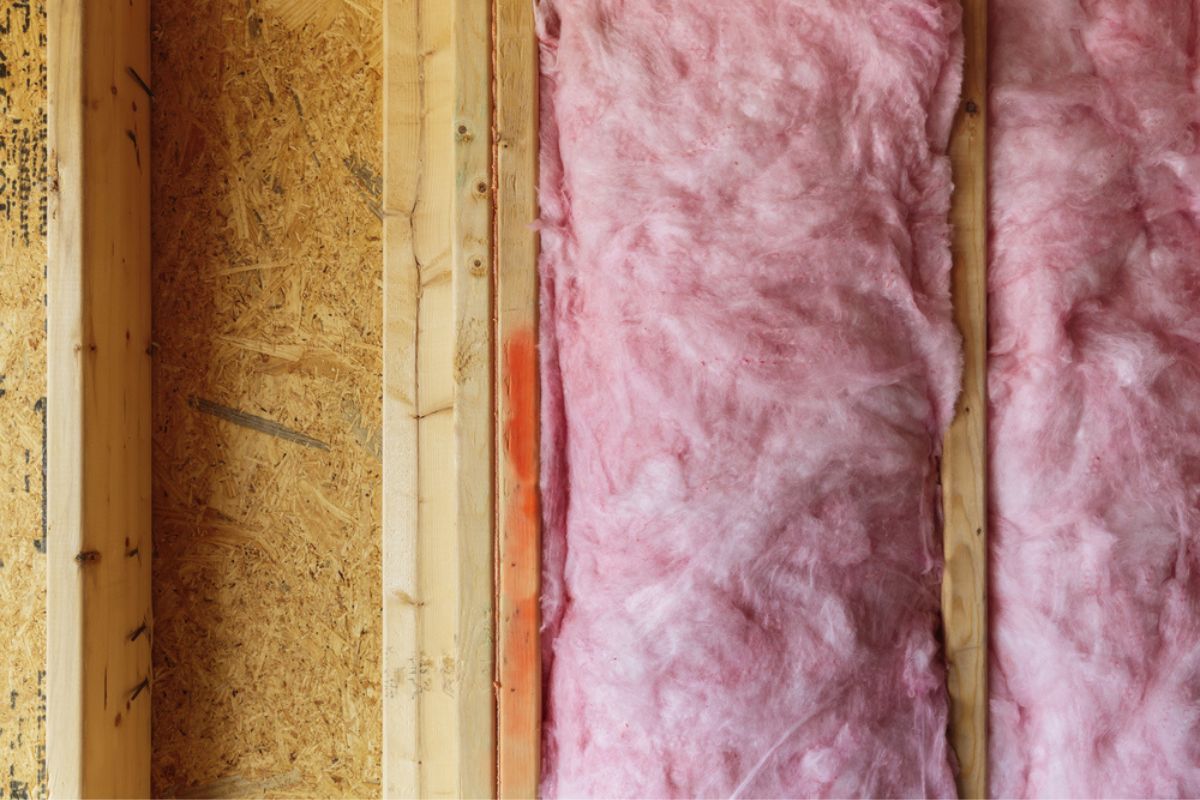
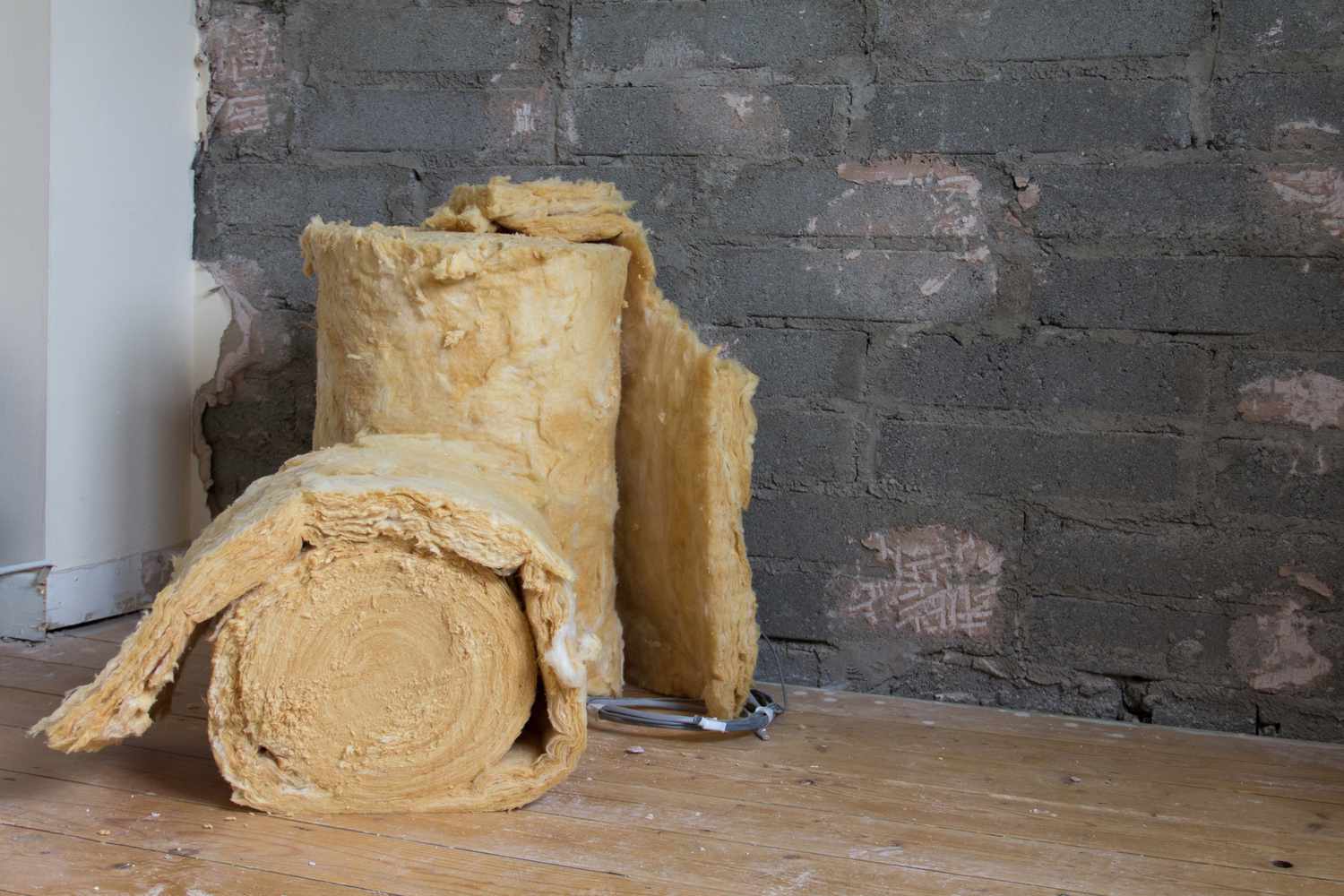
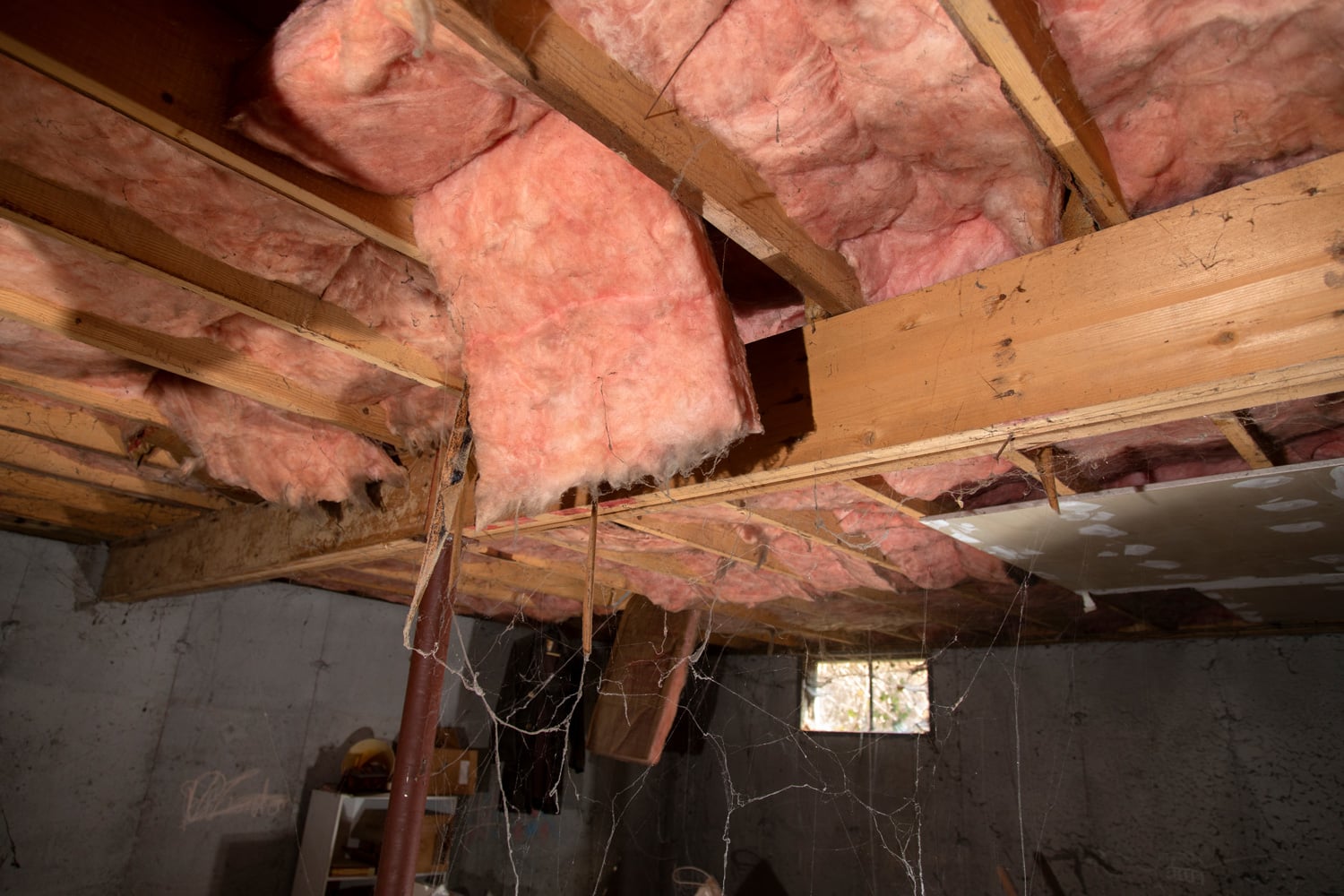
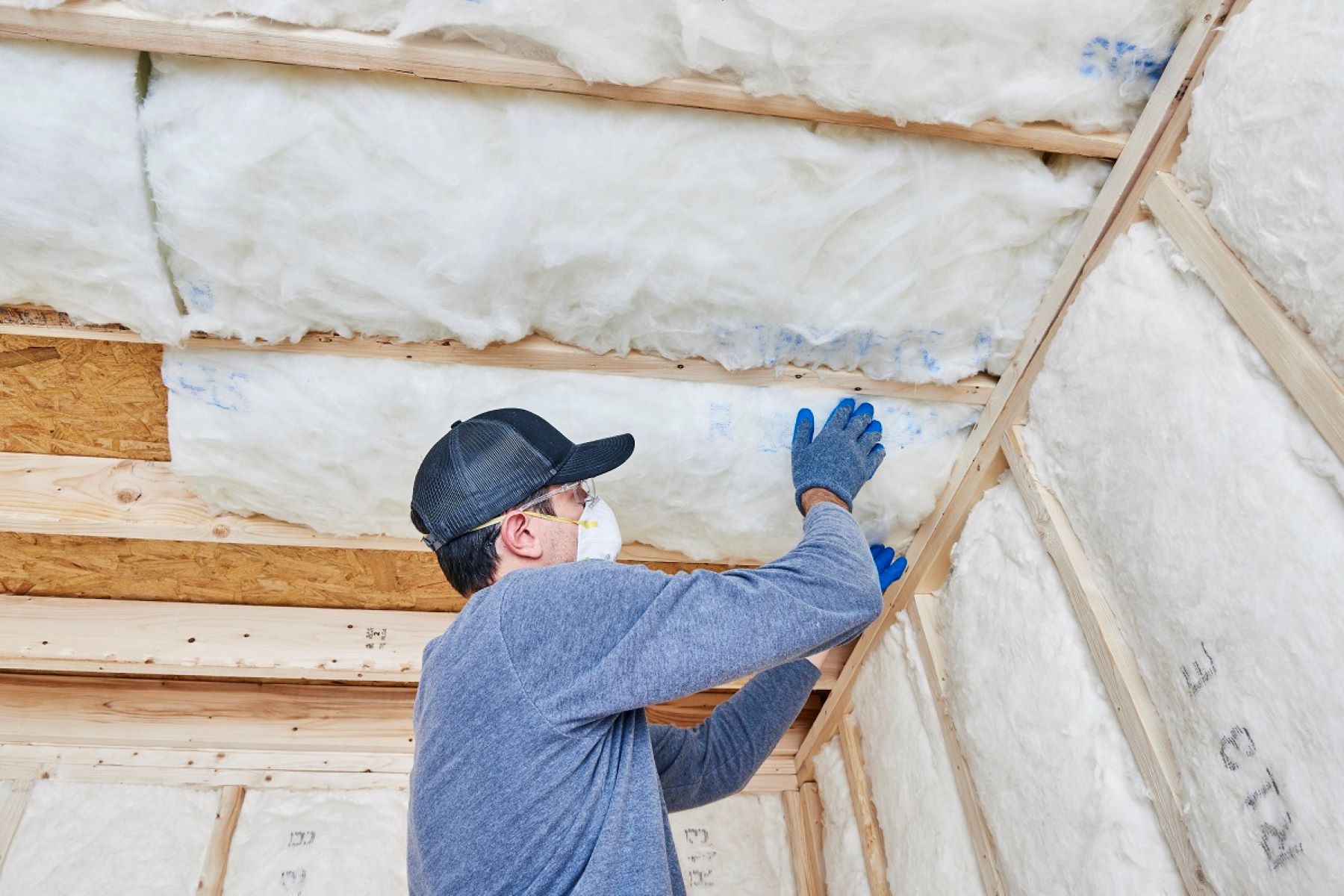
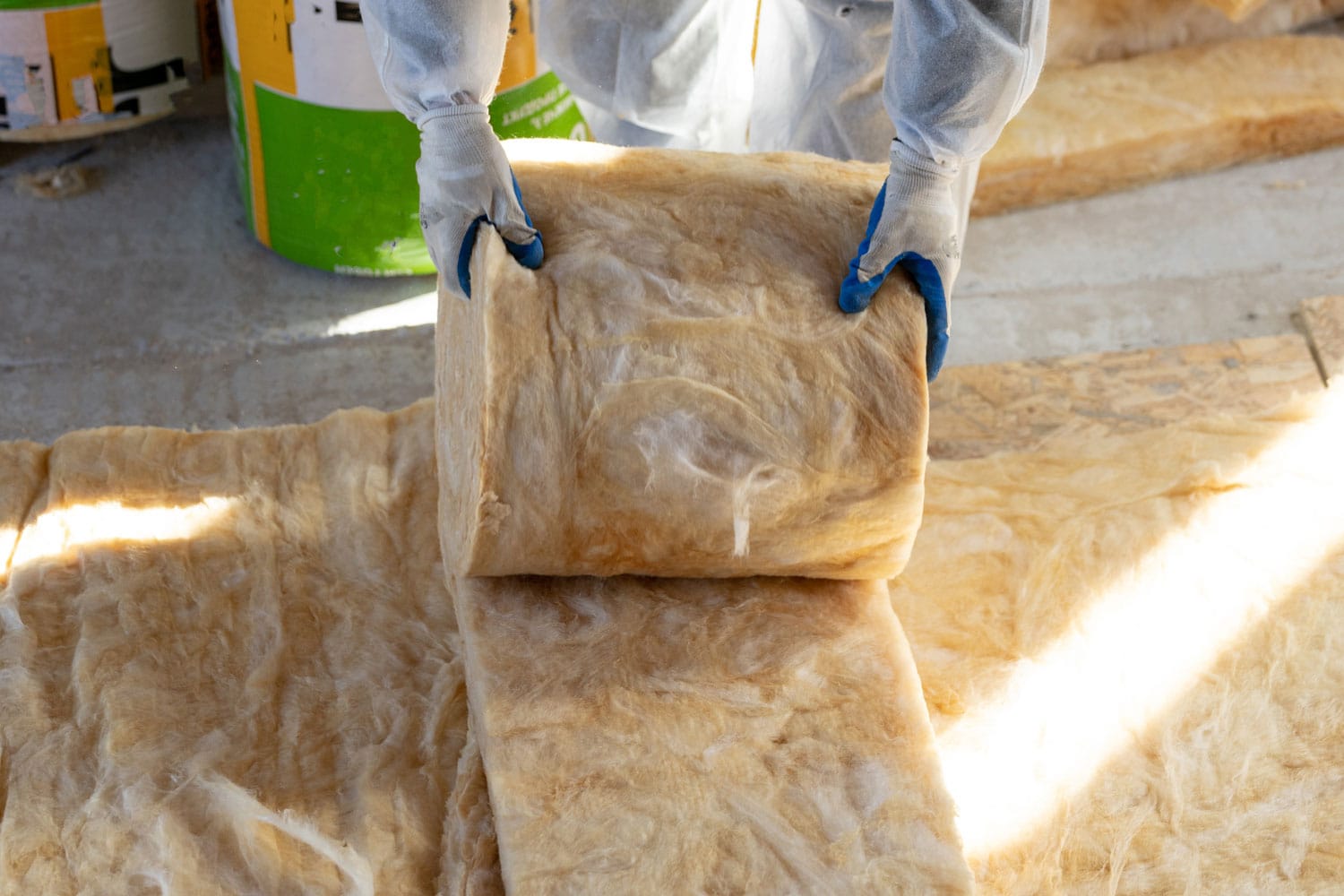
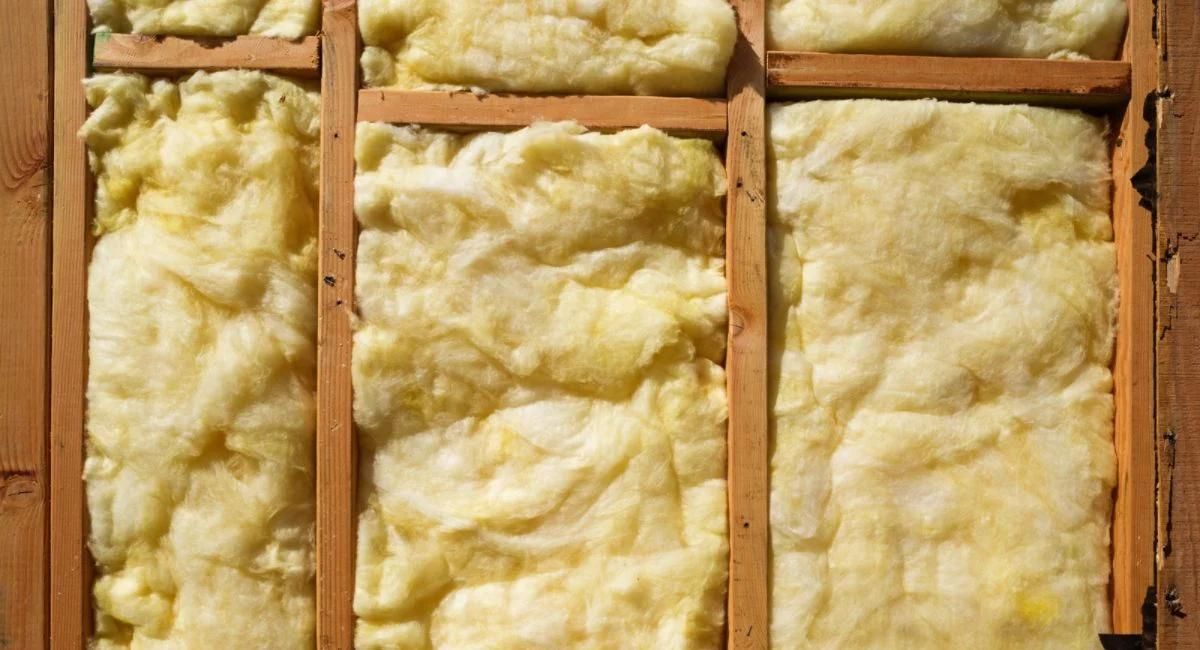
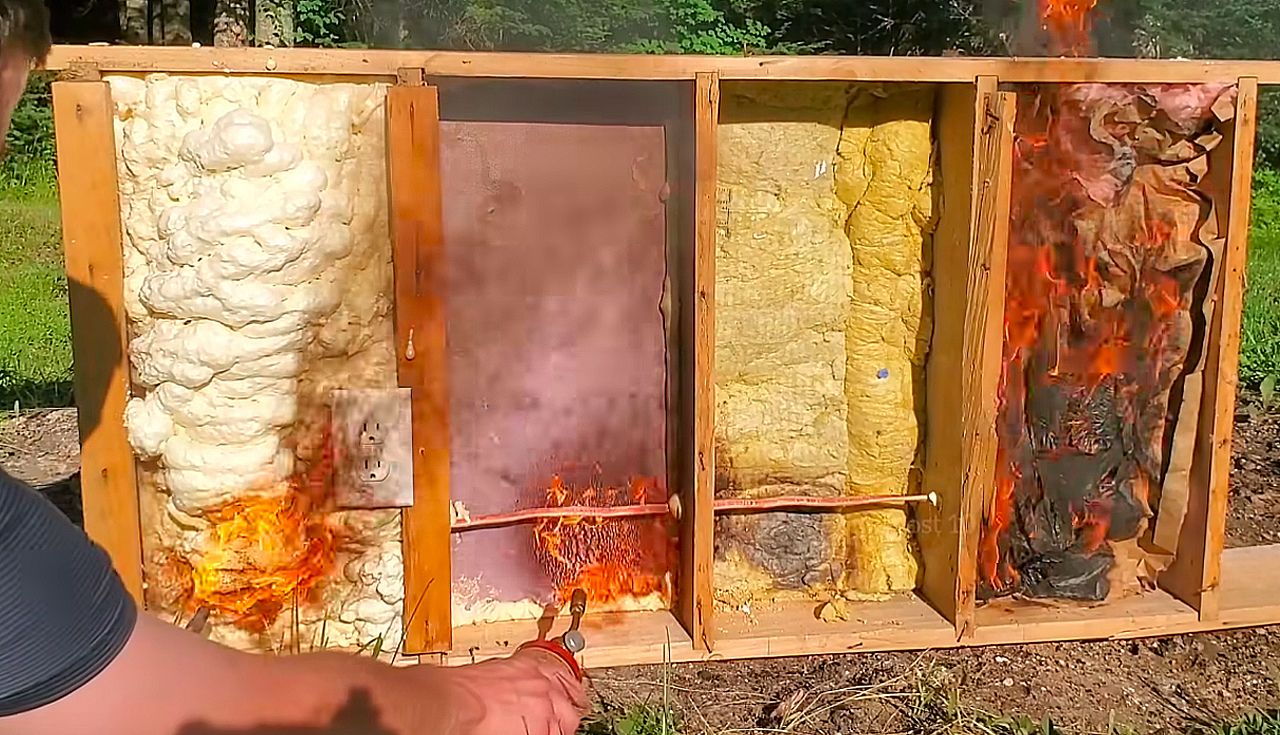
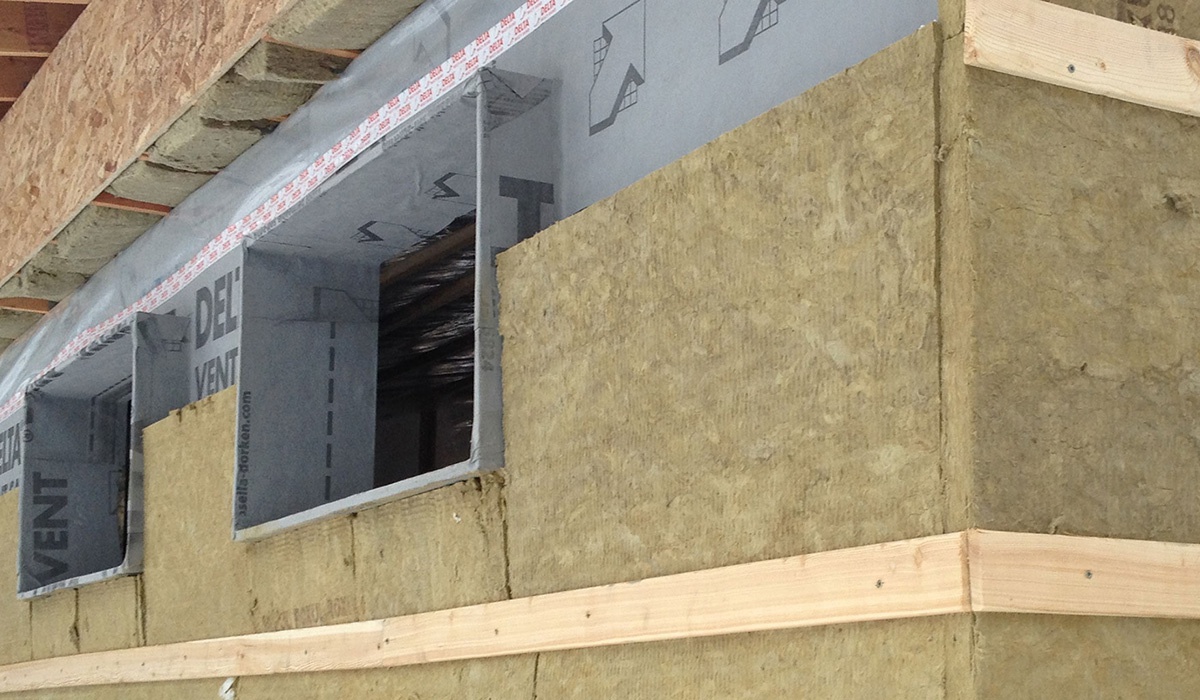
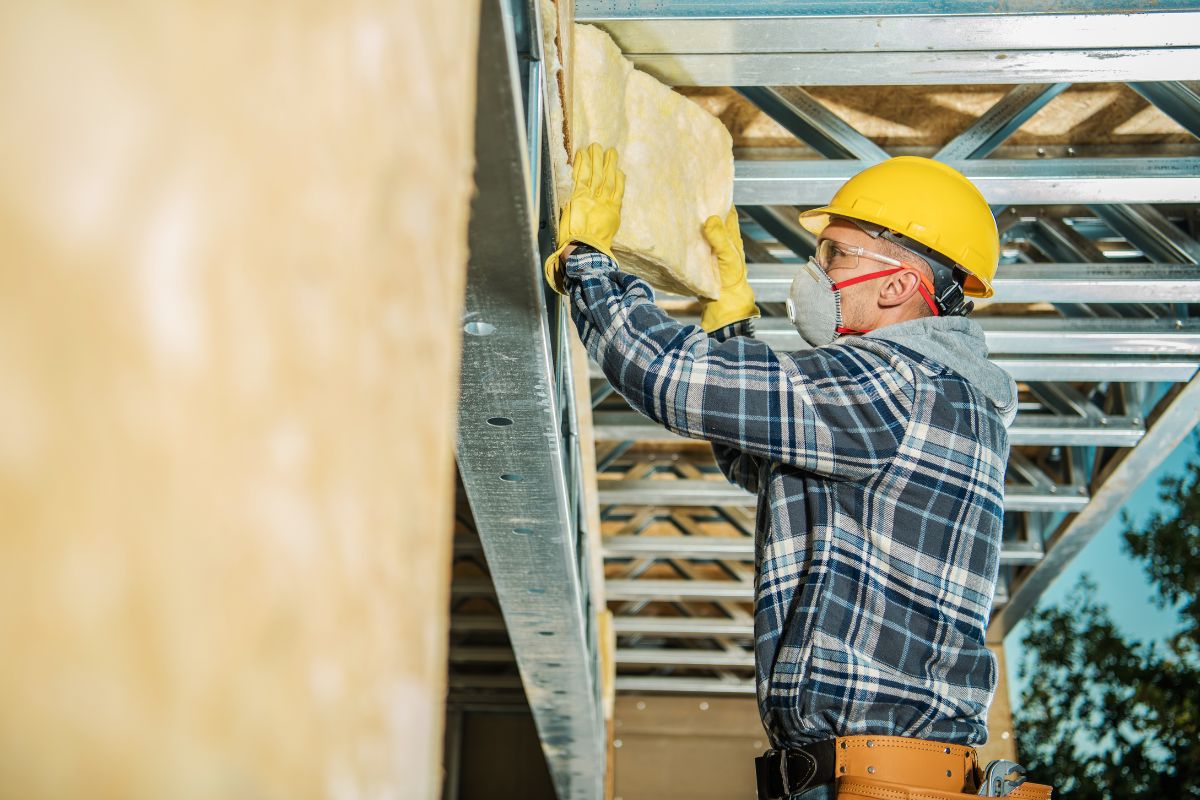
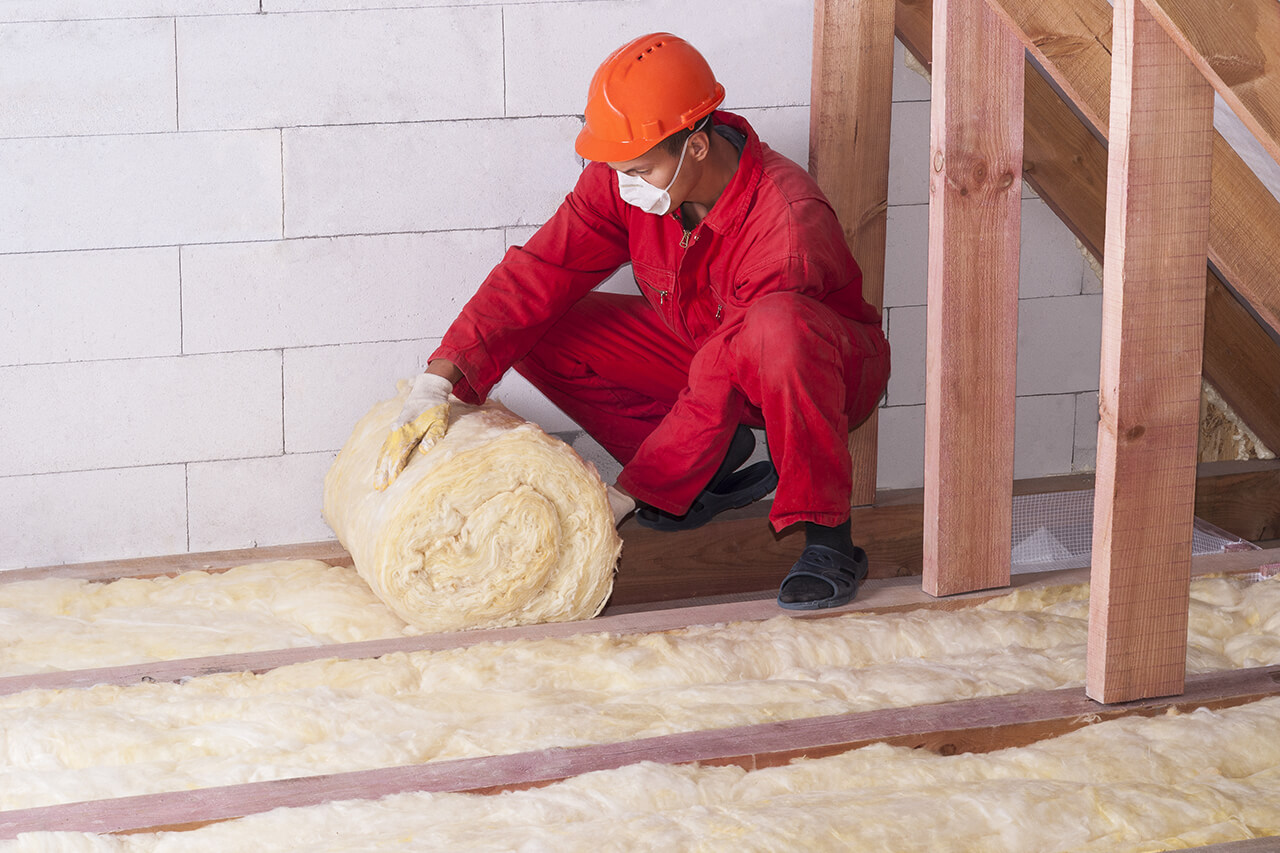
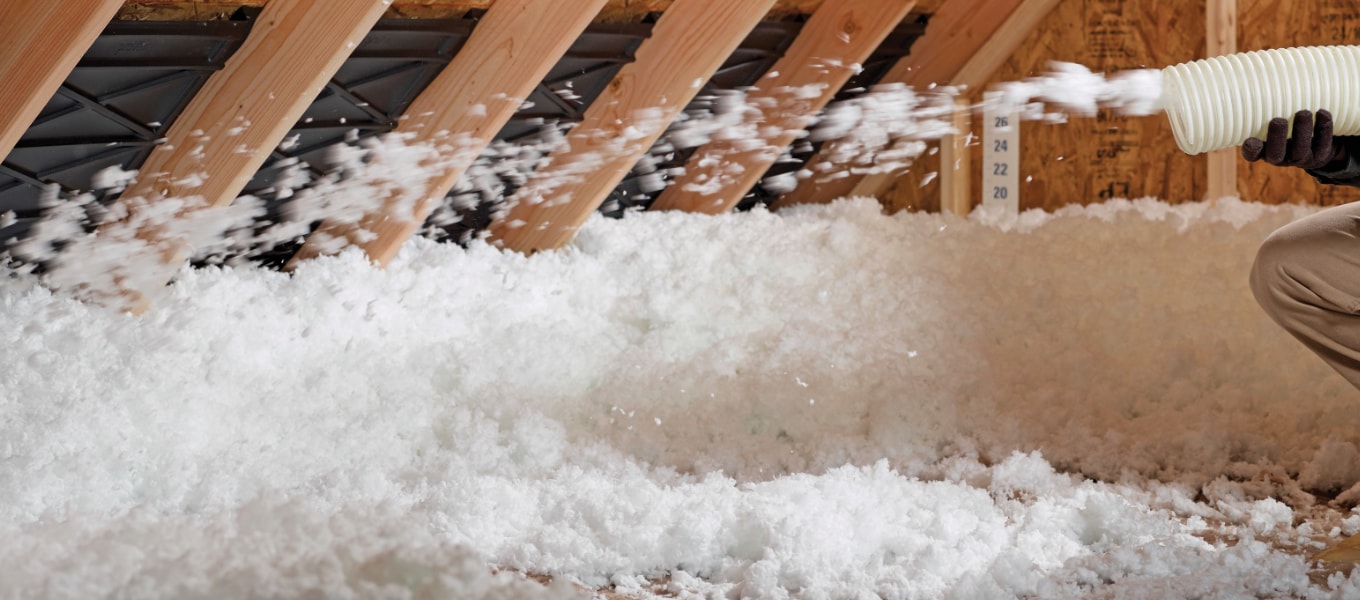
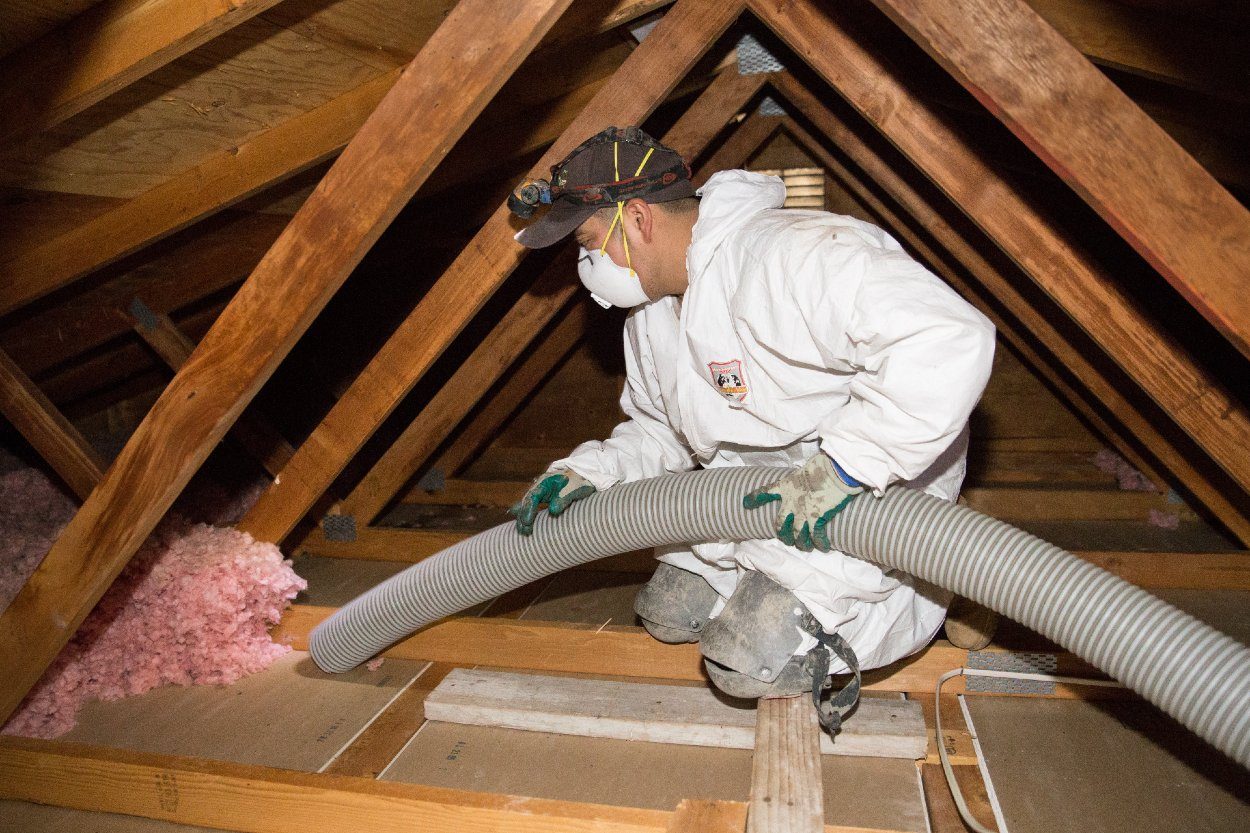
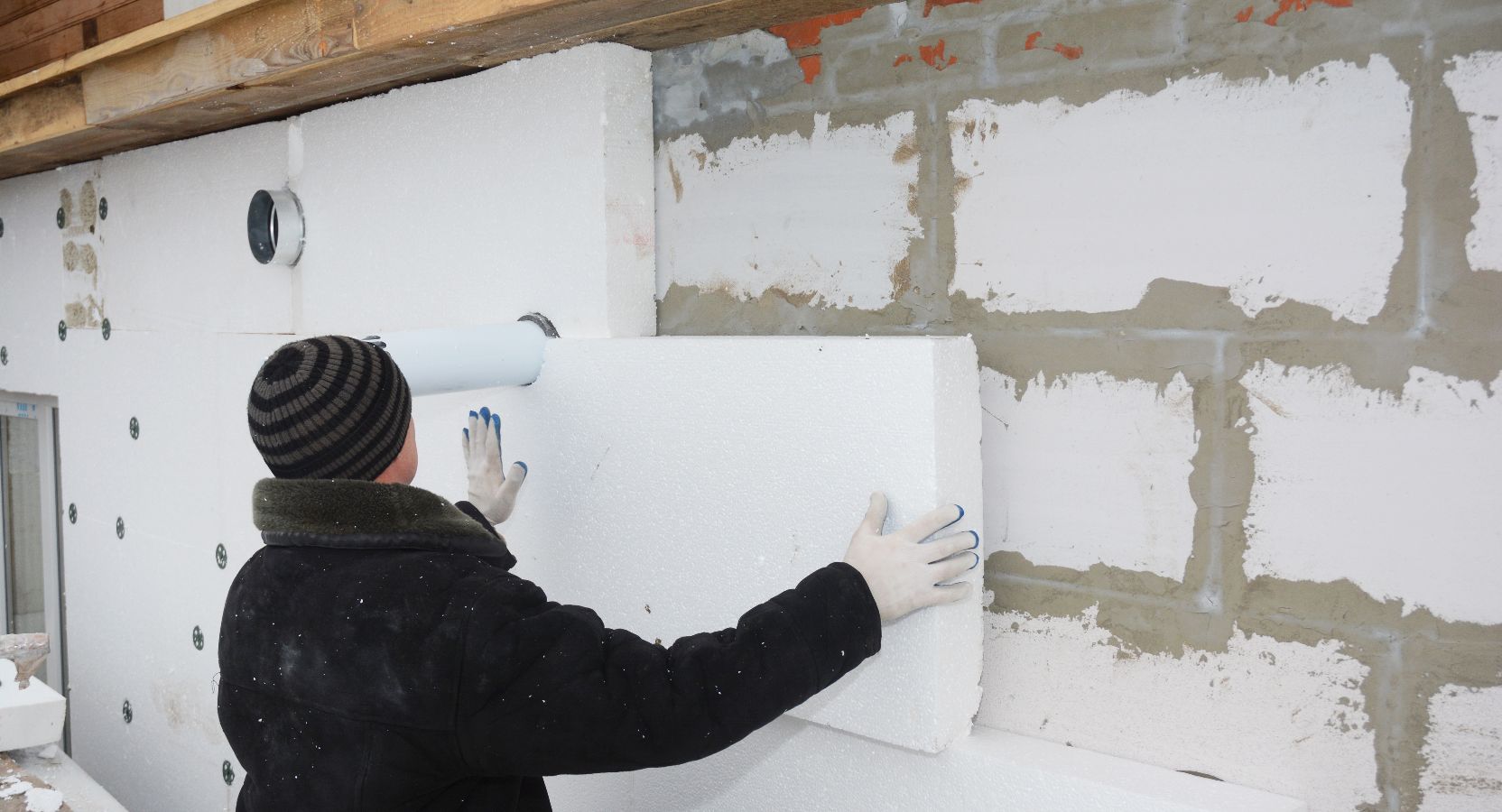
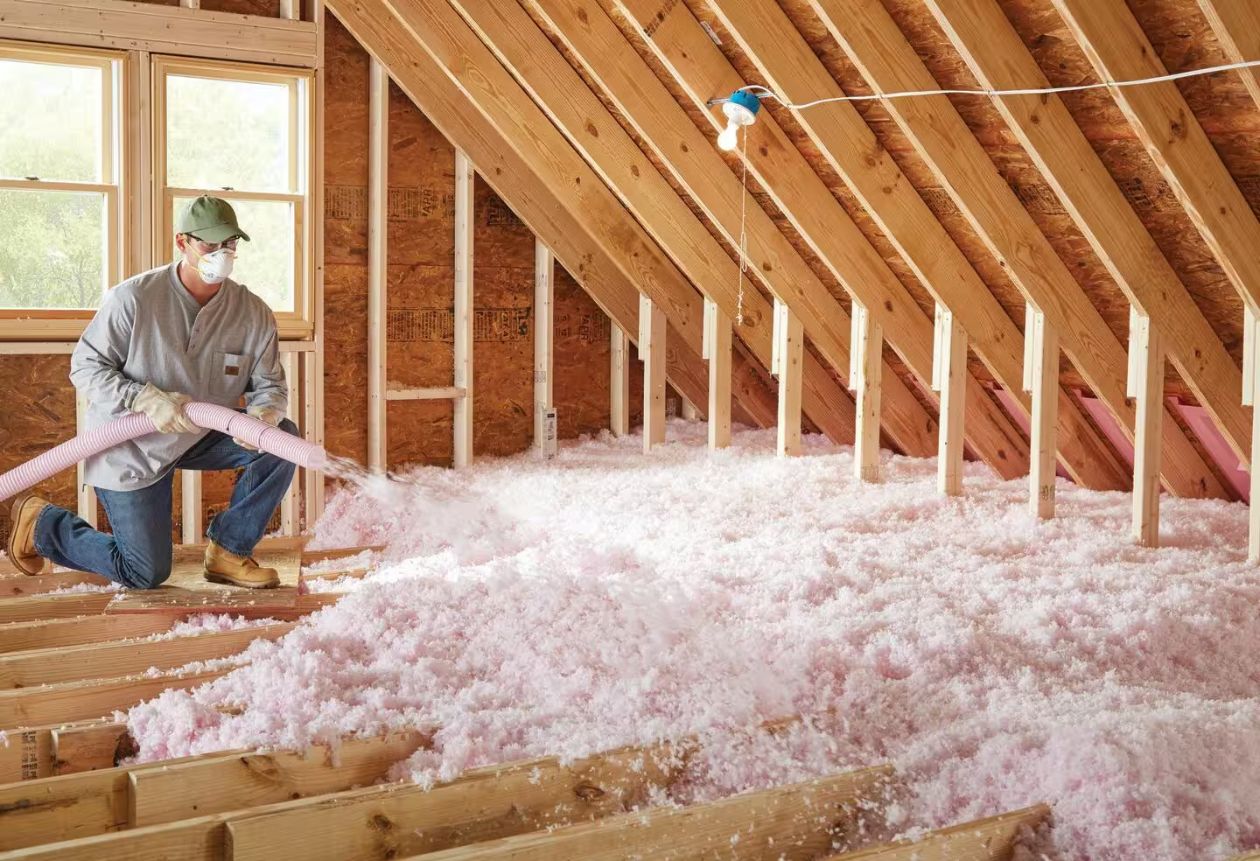

0 thoughts on “How Much Is Fiberglass Insulation”